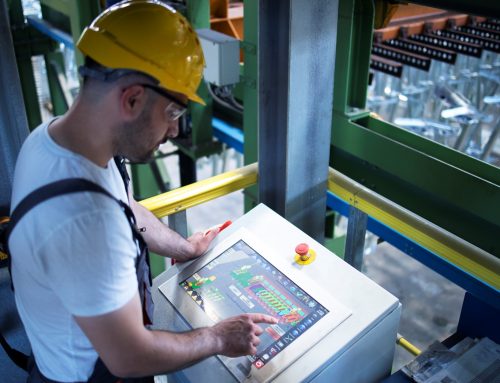The healthcare sector deals with lives. Therefore, it is essential to ensure the availability and good performance of equipment. Understand the role of asset management and maintenance in this process!
The healthcare sector is one of the most complex and critical when it comes to maintaining its assets. Asset maintenance in the healthcare sector is a constant challenge for managers and professionals in the field. Hospitals need to always be fully operational to serve their patients, and equipment and machinery failure can have serious consequences, including posing risks to life.
Therefore, it is essential that managers and professionals in the field understand the importance of asset management and maintenance in the healthcare sector. Learn how this management works and the importance of adopting the best practices and technologies!
Characteristics of the healthcare sector
The healthcare sector presents unique characteristics regarding asset management. Equipment and machinery are highly complex and used intensively, which can lead to faster wear and the need for frequent maintenance.
In addition, the sector requires specific equipment with a high level of quality, which can increase the cost of asset maintenance and replacement.
Importance of asset management and maintenance in the healthcare sector
Asset management and maintenance are essential to ensure that the healthcare sector can offer quality and safe services to its patients.
Equipment and machinery need to be in full operation to avoid interruptions in medical procedures, which can put patients’ lives at risk. Human lives depend on hospital assets. For example, equipment with expired maintenance or poorly calibrated can cause irreparable harm to patients.
Benefits of asset management in the healthcare sector
In addition to the high relevance of ensuring the reliability of hospital equipment, maintenance management in this sector generates competitive advantages:
- Cost reduction: by monitoring asset performance, it is possible to identify problems in advance, avoiding the need for emergency replacements or more expensive maintenance;
- Increased efficiency: asset management allows optimizing the use of equipment, reducing idle time and increasing the productivity of the medical team;
- Greater safety: equipment and machinery in good condition reduce the risks of failures during medical procedures, ensuring the safety of patients and healthcare professionals.
How to implement asset management in the healthcare sector
To implement asset management in the healthcare sector, it is necessary to follow some steps:
- Identify and catalog all hospital assets, including medical equipment, furniture, and physical structures;
- Establish a preventive maintenance plan that includes the frequency of maintenance and revisions, as well as control of spare parts inventory;
- Implement a system for monitoring asset performance that allows identifying failures in advance and taking measures to avoid interruptions in medical procedures.
Establishing proper asset maintenance management in the healthcare sector is crucial to ensuring the continuity of operations. Remember that patients’ safety is involved. But with the right actions and technologies, it is possible to improve the overall quality of care in the sector.
Request a demonstration now and learn about our complete asset management and maintenance solution to apply in the healthcare sector. Check out the main features of Manusis4.






Leave A Comment